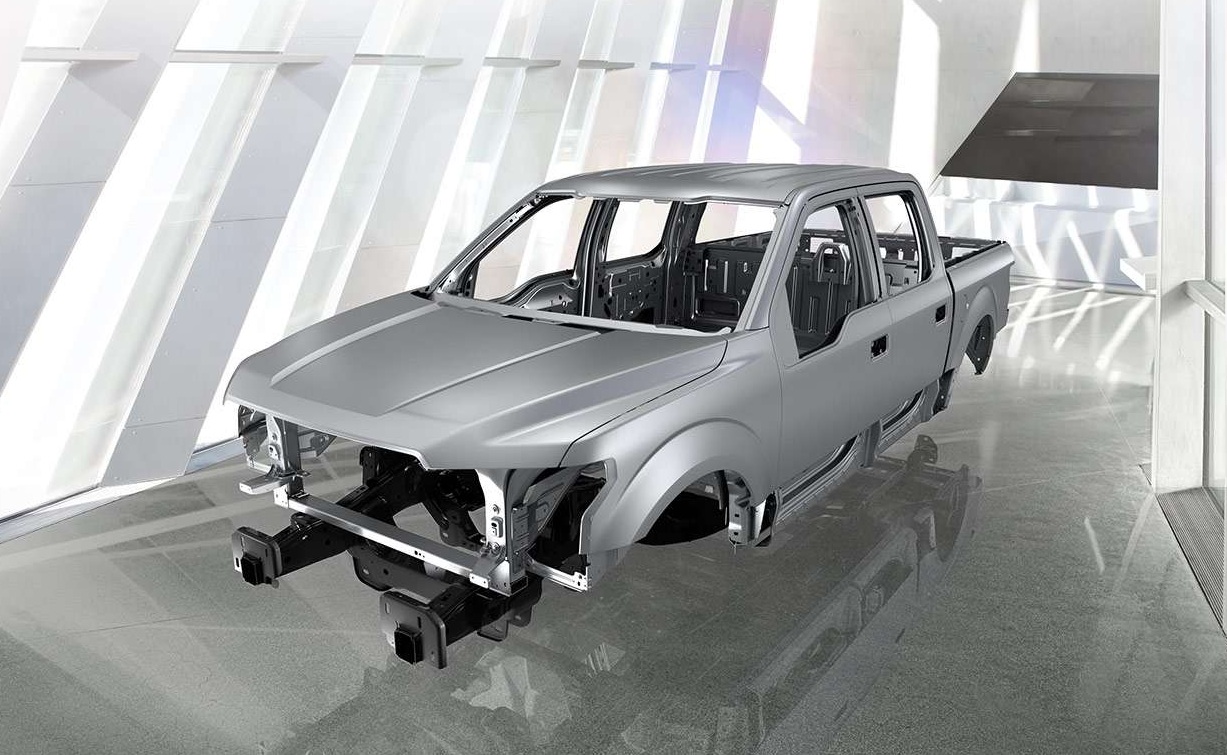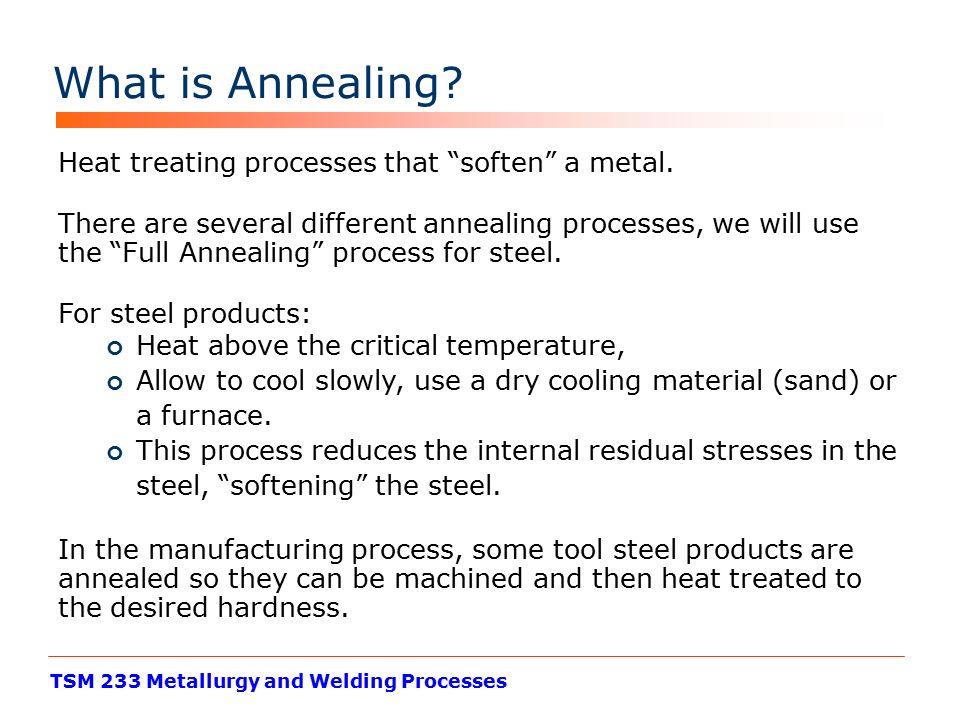Why don't cars rust as badly as they used to?
Remember how badly cars from the '60s and '70s got eaten away by rust? This problem went away, quietly. Have you ever wondered why?
Here's a question from Anthony:
“One of the reasons for purchasing either a Hyundai or Kia are the unlimited km warranties. The manufacturers are betting the cars will be warranted against defects regardless of distance travelled for five or seven years. My question is about the metal work body guarantee. From my basic knowledge of chemistry, do these cars use a sacrificial anode made of zinc in the same way a domestic hot water heater or the Sydney Opera House are protected by a sacrificial anode against corrosion? Or is it that Hyundai or Kia’s steel is better manufactured?"
Galvanised Steel
For the past 30 years or so, cars have been galvanised. Quick primer on galvanising >>
At least, the steel used to make the major panels has been. I’m talking about within the developed world. Even today, a lot of cars made for the domestic markets of China and India are without galvanisation and they continue to perform the same way as the cars around here did in the 1970’s, which is that they rust really easily. You get those bubbles of rust after only a few years.
Modern cars don’t seem to do that, and they haven’t done that for 30 years.
It’s really easy to understand why. It’s because the steel used to manufacture modern cars is hot-dip galvanised right at the end of the steel manufacturing process. Essentially galvanising is that whole "sacrificial anode" thing that Anthony is talking about.
However, they don’t use a big fat chunk of zinc bolted to the body like they might with a ship, an oil rig or a really long transcontinental pipeline for oil. They use a thin coating of zinc instead.
Ultimate Sacrifice? Zinc meets Iron
What they do instead is they coat the entire surface of the steel with a really thin layer of zinc. Not only does this deprive the steel surface of any interaction with atmospheric oxygen, there is also an electrolytic reaction between the zinc and the iron in the steel.
Because zinc is more active than the underlying steel, the zinc sacrifices itself so that the steel will live longer.
More on this 'cathodic protection' >>
That doesn’t mean that the steel won’t corrode. It really does depend on the operational environment of the steel. The zinc will protect the steel for as long as the zinc is available. So, if you live in a part of the world (North America comes to mind - the Northern parts of North America, where it gets really really cold in winter) where they use a lot of salt on the roads, the downside of that is that salt is a really good electrolyte and it speeds up the corrosion process. More detail at Wikipedia >>
Therefore, if the zinc is going to last for roughly 20-30 years in Australia, then the zinc is probably only going to last for 5-10 years in North America. It really depends on the environment.
Zinc versus Tin
The zinc is going to sacrifice itself so that the steel might live for as long as the zinc is in place. This is very different to the can of food that we’re all used to, in the pantry. They use tin on the outside of a tin can.
The salient difference between tin and zinc is that tin is less active than the underlying iron. The tin cannot offer the same protection to the steel as zinc could. Quite the opposite, in fact.
When you think about a tin can, the function of the tin is to coat the steel and prevent any oxygen from getting to it. If you scratch the steel or there’s any kind of defect that gets through the tin, the steel will start to rust. Not only that; it rusts a whole lot faster than it would rust in the absence of the tin.
As the iron is the most active part of the whole assembly of a tin can, the iron will sacrifice itself so that the tin may live for longer. This is exactly what you don’t want when it comes to cars. (I also wouldn't be using any old tin cans for anything out there in the great outdoors that needs to resist corrosion because, quite simply, it won’t.)
Aluminium Vs Steel: Industries at War
At the risk of delving way too deep into a subject that could be the miracle cure for insomnia that we’ve all been looking for, there are some interesting things happening with the steels that they use in cars, and the galvanising going on right now.
You might think that engineers are a whole bunch of propeller-heads doing nerdy calculations all day. However, there’s actually a whole bunch of them that do, for example, lobbying for the aluminium industry, the zinc industry or for the steel industry. The aluminium industry and the steel industry are typically at war with each other.
This is very much the case now.
Every time you look to the sky and see a Boeing 787 Dreamliner cruise past, it’s made predominately of composite (carbon fibre and stuff like that). A fleet of 787s in the sky means thousands of tonnes of aluminium that are NOT up there carrying people around. All of that aluminium and the industry that manufactures it, is looking for somewhere else to go.
This is why the new Ford F-150 pick-up is made predominately of aluminium. This is a lot different, in terms of volume, from an Audi A8, or an S Class or E Class Benz because there are so many F150s in production - about 700,000 a year.
That's a lot of aluminium replacing the steel. Of course this also has strength and repair complexity implications. Check out the videos below: The chaps at Edmunds.com bought a $50k F-150 and hit it with a sledge hammer, twice, as you do, to test this... The videos below are quite entertaining, and also informative
Why Use Aluminium?
The reason for using aluminium is because it’s a whole lot lighter. You think to yourself: What is the steel industry doing and what does the car industry do generally?
What they’ve got to do is meet their fuel economy targets. The easiest way to save fuel is to make cars lighter. Less mass equals less energy to move it around.
But if you want an SUV-sized car, you’re just not going to be happy with a Yaris. So the regulators cannot enact legislation to the effect of: New regulation: everyone’s going to drive microcars now.
Because that won’t work.
What carmakers are challenged by is making cars the same size, or even bigger, but also delivering the fuel economy targets that regulators want and consumers expect. In other words, lower fuel consumption that does not compromise on the weight, performance or the size of the car.
What they’re doing now, is going from steel being used in the bodywork that is 0.9 - 1mm thick, and trying to trend down to about 0.5mm in thickness. That seems like a simple enough assignment, but it's really not.
Changing Alloy Ingredients
Unless you change the composition of the steel fundamentally, it’s not going to be strong enough to do the job if you make it thinner.
You have to change the alloy. You can put a whole bunch of interesting things in steel. You can use chromium and molybdenum and make that chromoly steel. However, chromoly does tend to be expensive, and in a mass production context for making millions of automobiles every year, that’s not going to work economically.
Instead, they use silicon and manganese, which are much more affordable alloying elements. These alloys can deliver the required strength but a not so small problems there is that when you anneal the steel after its manufactured, it oxidises the silicon.
Silicon oxides are basically sand. And those oxides gravitate to the outside of the steel sheet. So you get a thin steel sheet coated in sand, zinc will not stick to that. That’s really bad from a galvanising point of view.
What you’ve got to do then is, you’ve got to change the composition of steel and use a whole bunch of interesting metallurgy. I don’t know exactly how they do it - perhaps that’s a trade secret.
Basically, they design the metallurgy so the steel can be annealed at a low temperature, such as 640 degrees C. The lower the temperature, the less likely it is that the silicone in the steel will oxidise during the annealing process (and the galvanising won't cause it, because that occurs at the melting point of zinc, which is 'only' about 420 degrees C.
Metallurgy for Dummies
When we’re talking about annealing steel, what we’re doing is de-stressing it in order to make it easier to work with.
When steel is manufactured, they roll it out like bread dough, only significantly hotter, and they coil it up to make it easier to transport. But they also put it in an oven and heat it up to the point where it anneals, and then you let it cool in a controlled way, gradually.
This reduces the internal stresses and changes the crystallisation structure inside the steel. Bottom line: it becomes a whole bunch easier to work with.
What you're left with is a steel sheet that will roll out nice and easily, and be pressed into shape with good compliance. It’ll tolerate all of the demands that go into pressing those crisp cut lines into the bodies and folding it over those tight radii to get all of those smooth edges and curves.
The Challenge
for Steel
The real challenge facing the steel industry is: they’re fighting on the back foot against aluminium. Aluminium is fighting on the back foot against composites (used increasingly in aviation and other tech-based industries).
Competition rocks.
The winner is ultimately you, the consumer, because you’re going to end up with a lighter car, that’s the same size, that’s going to deliver the performance you want, and have the space you need inside it.
It’s also not going to rust for 20-30 years.
You can bet your bottom dollar that the zinc industry is going to be lobbying very hard as well in places like China and India, where they still don’t routinely galvanise their cars. That’s important to them because it’s a massive industry. The amount of zinc being used to protect your new car, and every other car manufactured and sold this year in the developed world, is about 120,000 tonnes.
It's a staggering amount. You can bet that that’s a big, fat, vested commercial interest - and they’re not going to be giving up the game without a fight. Check out how hard they're fighting >>
CONCLUSION
If you’ve ever wondered why your car today does not rust in the way that Kingswoods, Falcons, Toranas or Geminis did, or why we no longer get those rusty blisters, and why cars last for a whole lot longer without the cancer of rust, it’s because they’ve been galvanised for nearly 30 years.
If you live in Canada or somewhere like that, and you’re shouting at the computer screen saying I'm wrong, that’s simply because you’ve got zinc versus salt and ultimately, the zinc is going to lose.
I hope I haven’t put you to sleep with the secret life of metals in cars. I hope you’ve learnt something. If you have, you might want to subscribe to my YouTube channel >>

















